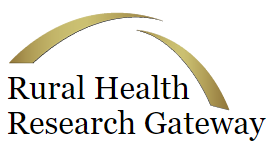July 15, 2025

Obstetric Care Access Declined in Rural and Urban Hospitals Across US States, 2010-2022
With support from the Federal Office of Rural Health Policy, a team of researchers from the University of Minnesota, Harvard University, and the University of Pennsylvania found widespread loss of obstetric services across states, especially among rural hospitals, during the 12-year period studied.
By 2022, eight states had more than two-thirds of rural hospitals without obstetric services.
Click Here to Read Full Report






